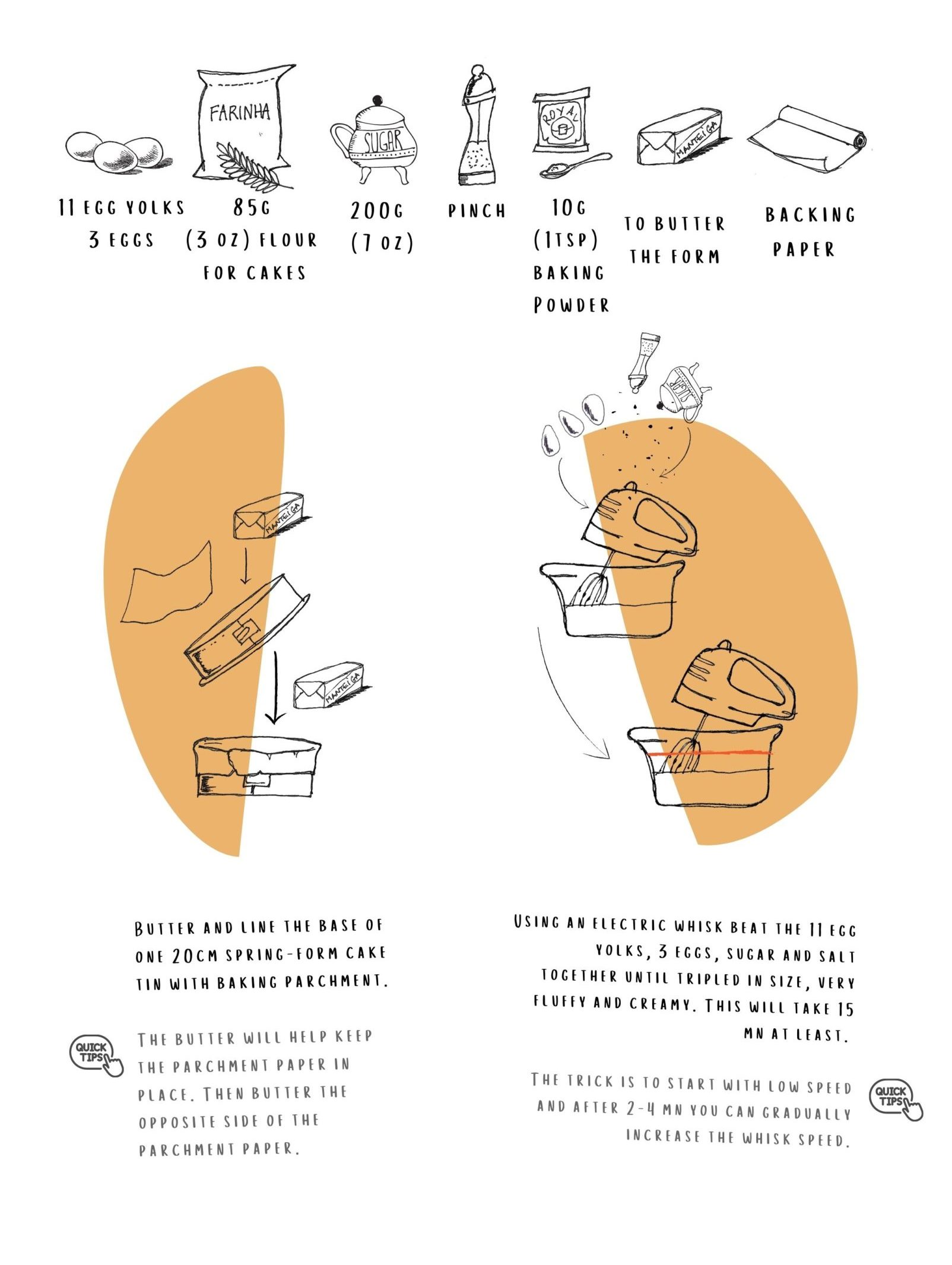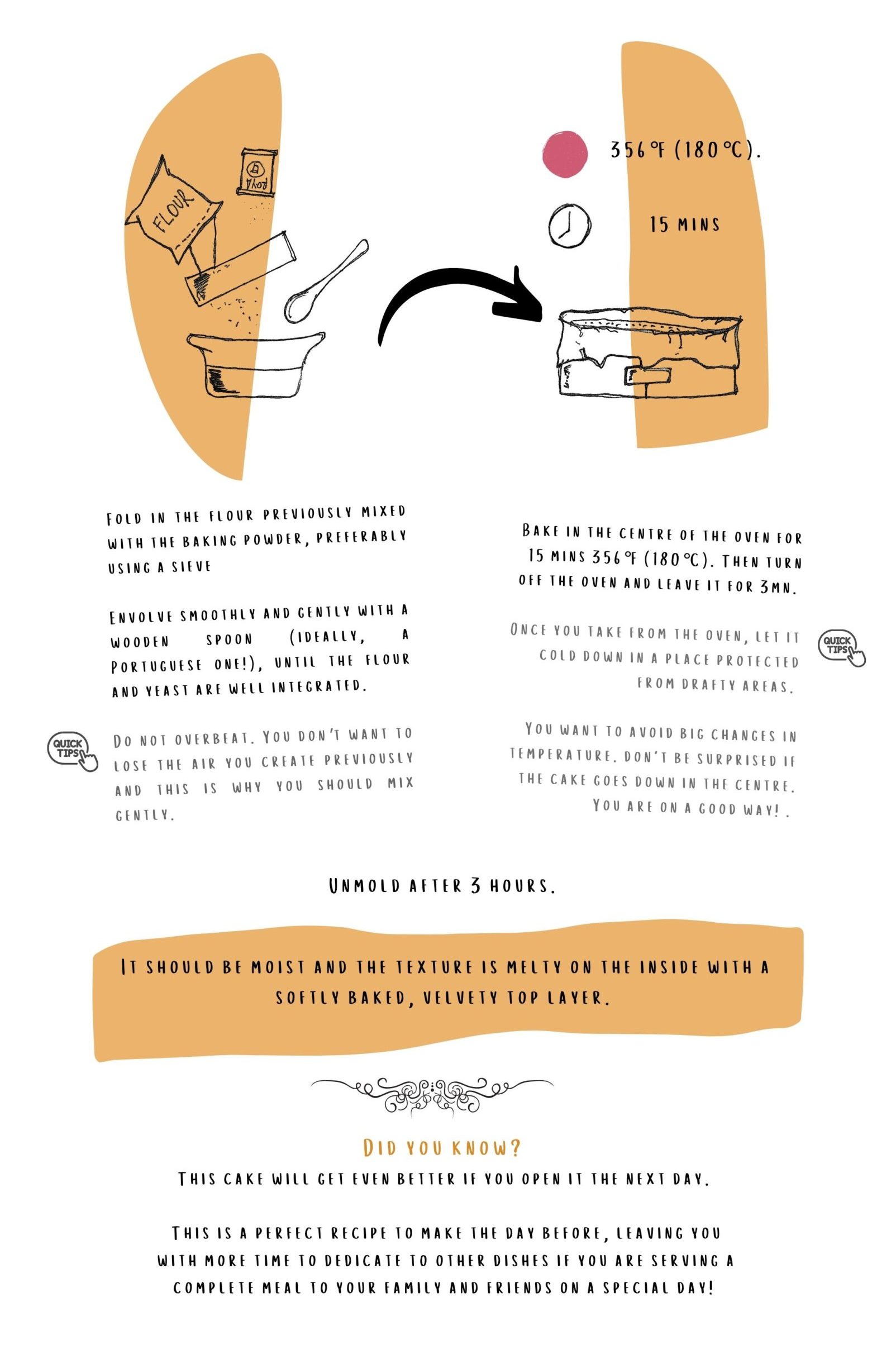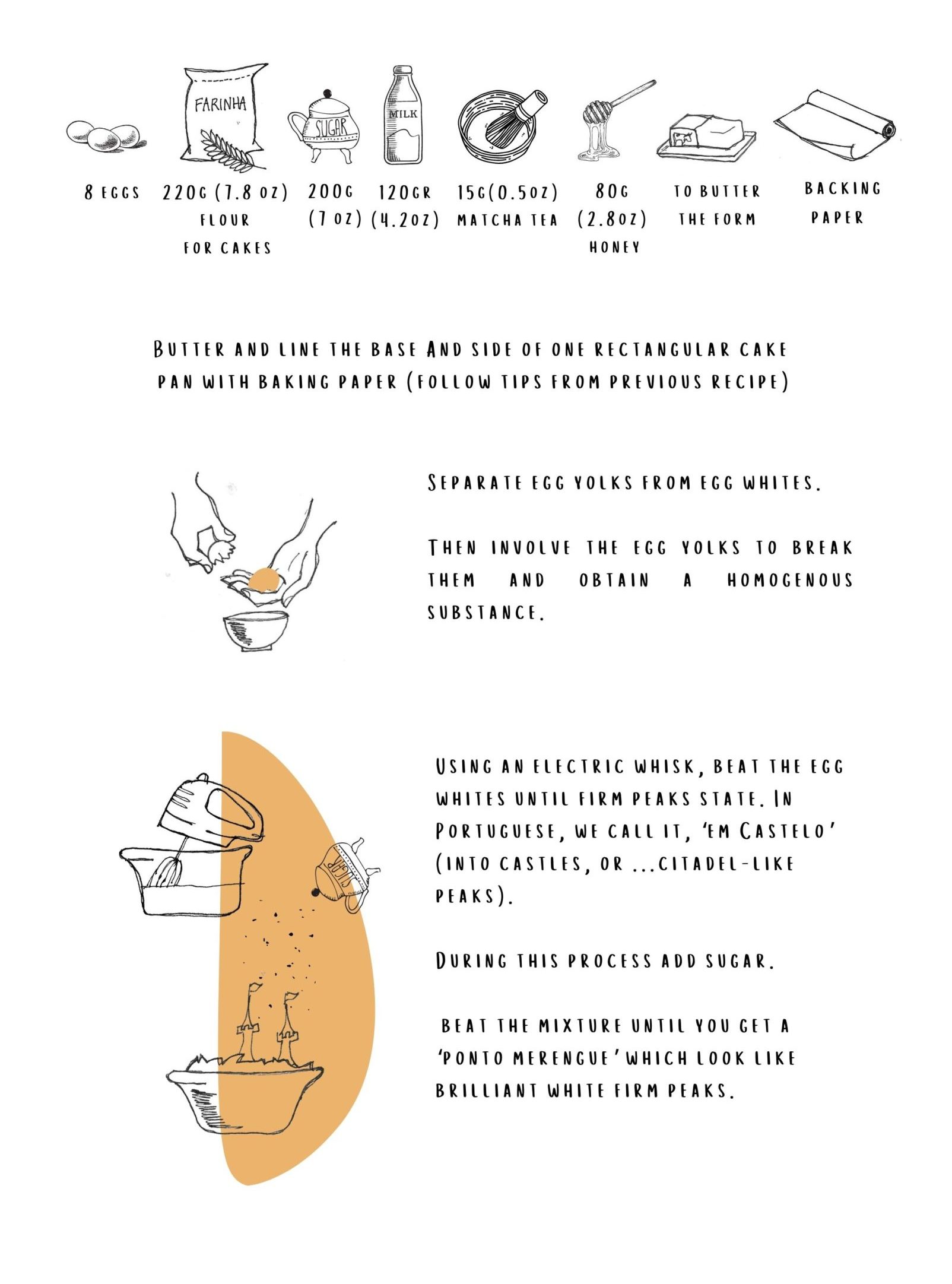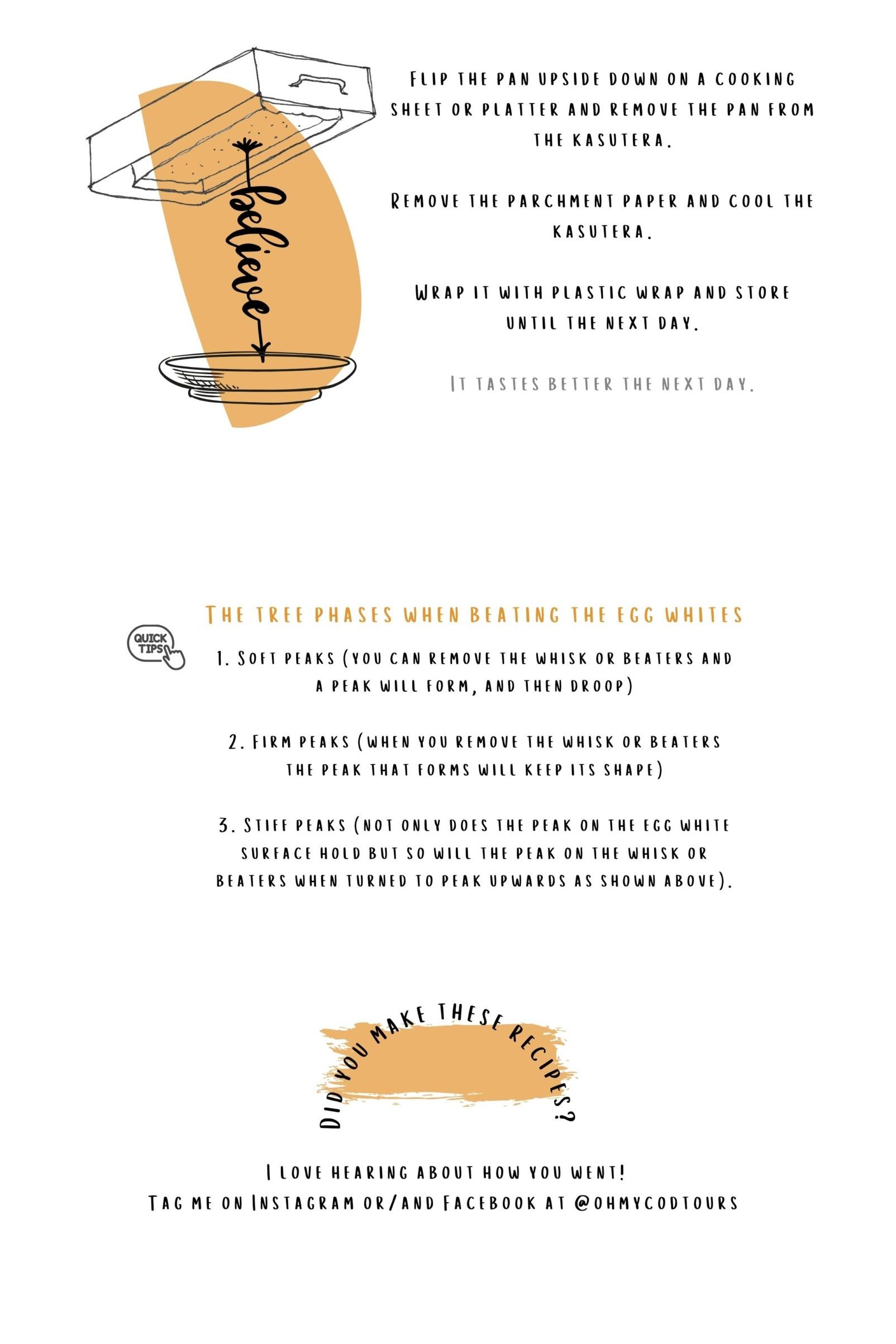JAPANESE KASURETA AND OLD CASTELLA CAKE RECIPE
Castella cake (Pão de Ló) short story
The Portuguese Pão de Ló can be translated to sponge cake. It has been around in Portuguese cuisine since at least the 1700s and its original recipe is a celebration to simplicity, consisting of a mixture of only 3 ingredients: eggs, sugar, and flour.

Still life with cakes (1660) | Josefa d’Óbidos
Paradoxically, the recipe itself has an array of variations, particularly in the north of Portugal, where regional recipes thrive. They can either be drier or moister, softer, or denser, according to personal taste, family or/and regional traditions. Several versions include Pão de Ló de Ovar, Pão de Ló de Alfeizerão, Pão de Ló de Margaride, etc.
But the first time Pão de Ló was referred to in Portugal, was not in any cookbook! The oldest reference can be found in Josepha de Ayala’s iconic paintings (also known as Josefa d’Óbidos). At that time, Pão de Ló, was known as pão de Espanha (bread from Spain) or pão de Castela (bread from Castille).
What is the relation between Pão de Ló (Castella Cake) and Kasutera?
Right before the sakoku policy (1641-1853), under wish all trade with foreign countries was closed-down, Portuguese went to Japan in the sixteenth century, for trade and missionary work.
Nagasaki, a busy international trade port that is now strongly associated with Japanese Castella cake and western influences, was where Portuguese merchants were afforded special trading privileges in the port of Dejima.
It is said that the Christian missionaries (the one detaining the secrets Portuguese desserts recipes) aboard used to offer Pão de Ló (known as pão de Castela), at the time an unknown sponge cake for the Japanese, as an exchange for permission to dock but also to sweeten the missionary word, attracting more converts and church members among the inhabitants!
This way Portuguese introduced sugar in Japan (as well as pumpkins and tobacco) which became an expensive ingredient limiting the consumption of this new cake to rich families.
Gradually, the original and traveled recipe of the Portuguese Pão de Ló was adapted by the Japanese, namely replacing the expensive sugar with starch syrup or honey.
These days we can find different flavors of Castella Cake such as chocolate or green tea, like the one we cooked at home.
The cake is now part of the local food culture, having spread throughout the country thanks to the tea ceremony, a cultural phenomenon that was growing in popularity at the time. Later, Japanese travelling to Portugal to study propagated the recipe after returning to Japan.
If you join us on one of our Sailing experiences with a Chef onboard you are able to order us a homemade Pão-de-Ló done by Chef Natacha Dias! If you are gluten intolerant don’t worry; she thought about everything!
But now, let’s cook it ourselves!
Portuguese old Castella recipe (Pão de Ló)


Japanese Kasutera recipe with Matcha tea


Article, drawings and composition by :
Sílvia Olivença (anthropologist and food guide/CEO at Oh! My Cod Ethnographic Food Tours & Trips)


